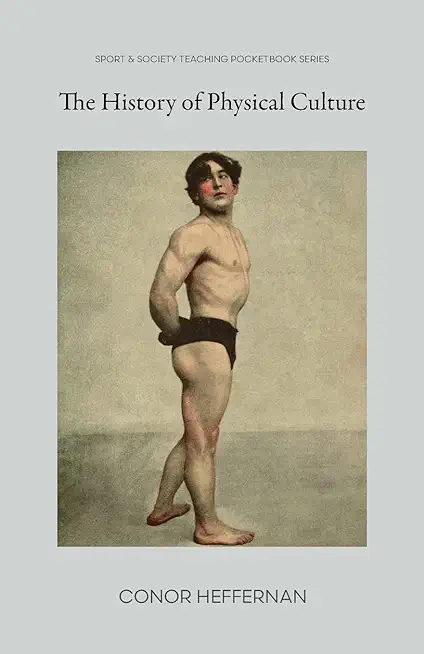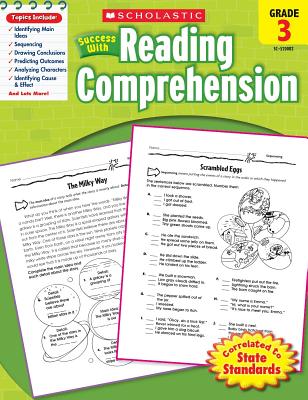
description
efined as those exercise practices designed to physically change the body. In modern parlance we may associate physical culture with weightlifting, physical education, and/or calisthenics of various kinds. While the modern age has experienced an explosion of interest in gym-based activities, the practice of training one's body has a much longer, and fascinating, history. This book provides an engaged and accessible historical overview from the Ancient World to the Modern Day. In it, readers are introduced to the training practices of Ancient Greece, India, and China among other areas. From there, the book explores the evolution of exercise systems and messages in the Western World with reference to three distinct epochs: the Middles Ages and Renaissance, the Enlightenment, and its aftermath and the nineteenth to the present day. Throughout the book, attention is drawn not only to how societies exercised, but why they did so. The purpose of this book is to provide those new to the field of physical culture an historical overview of some of the major trends and developments in exercise practices. More than that, the book challenges readers to reflect on the numerous meanings attached to the body and its training. As is discussed, physical culture was linked to military, religious, educational, aesthetic, and gendered messages. The training of the body, across millennia, was always about much more than muscularity or strength. Here both the exercise systems, and their meanings are studied.
member goods
No member items were found under this heading.
listens & views

THORA PAA RIMOL (OPERA IN ...
by BORGSTROM / BJORKOY / HANSEN / TENNFJORD / THSO
COMPACT DISC$28.49
Return Policy
All sales are final
Shipping
No special shipping considerations available.
Shipping fees determined at checkout.






